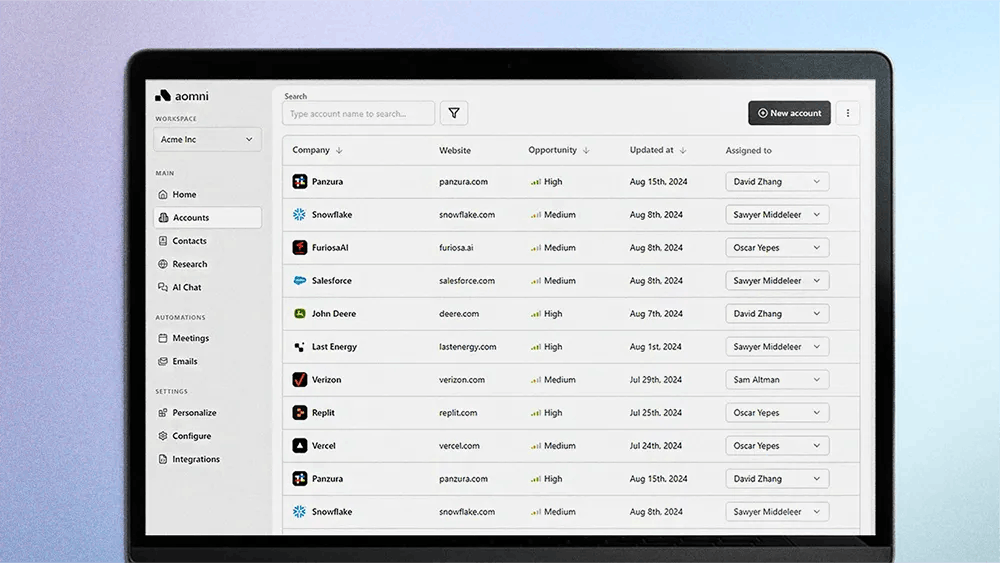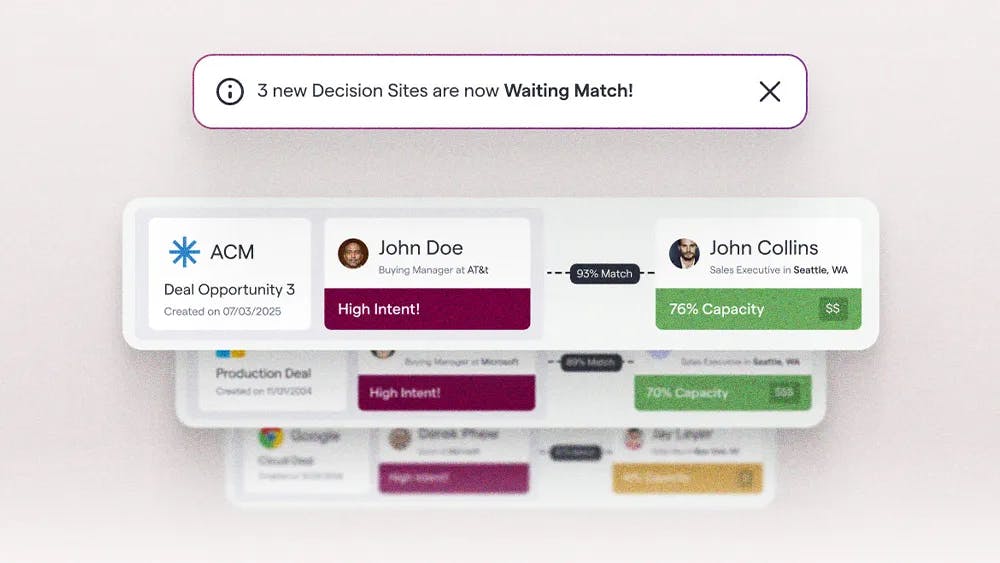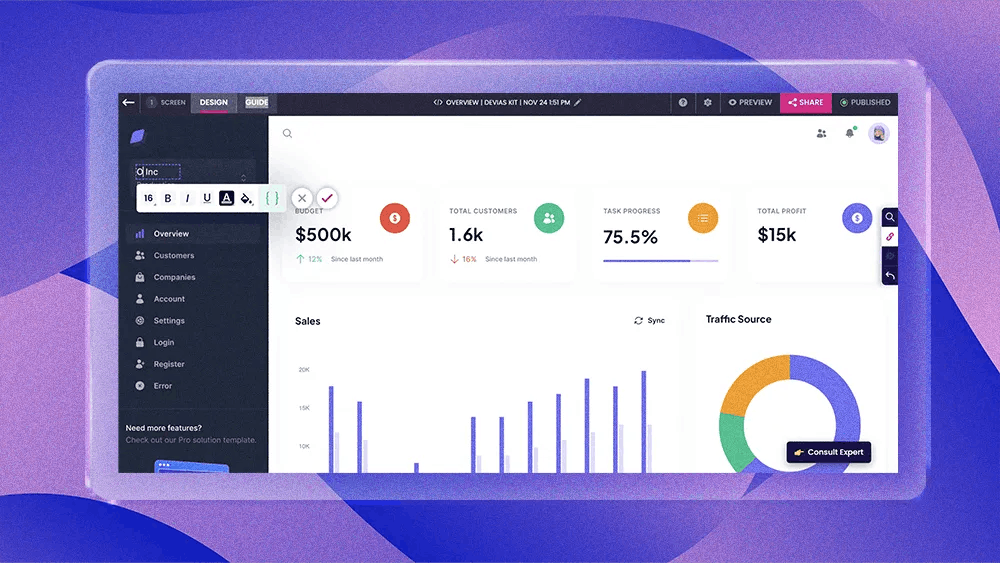If you're not using AI already in your marketing team, you've got to start finding some ways to dip your toes in the water.
Marketing teams feel under pressure to embrace AI—but rushing in isn't the answer. Start small, stay focused, and use AI as a productivity tool, not a total reinvention. The smart move is optimization, not overhaul.
Tejas Manohar, Co-CEO and Co-Founder of HighTouch, is an advocate for this kind of measured approach. Marketers can get real value from AI without scrapping what's already working, and that operational use—not creative reinvention—is where AI delivers the biggest gains today.
Test the waters: "If you're not using AI already in your marketing team, you've got to start finding some ways to dip your toes in the water," says Manohar. He points to Shopify CEO Tobi Lütke's push for "reflexive" AI usage—treating AI like muscle memory—as the mindset every team should aim for.
Easy pickings: Start with a marketing team time audit. "How do they divide between strategy, creative, and operations?" he asks. "What are the things that only they can do?" Repetitive tasks become the low-hanging fruit as prime candidates for AI, with a human still in the loop.
It's still got a long way to go compared to the quality detail, the brand values, of what B2C companies are doing.
Bulls and bears: "I'm extremely bullish on content labeling with generative AI, extremely bullish on content analytics," Manohar says. For teams juggling dozens of ad creatives, tagging and analyzing what actually works is essential—and AI makes that faster and smarter.
But while AI might be decent at first drafts, especially for B2B, Manohar urges caution when it comes to B2C. "It's still got a long way to go compared to the quality of detail, the brand values of what B2C companies are doing." The nuance still needs a human touch.
Ops over flash: "This is a year of AI for marketing operations versus full-on marketing," says Manohar. The flashier use cases can wait. Right now, AI's real value is behind the scenes.





